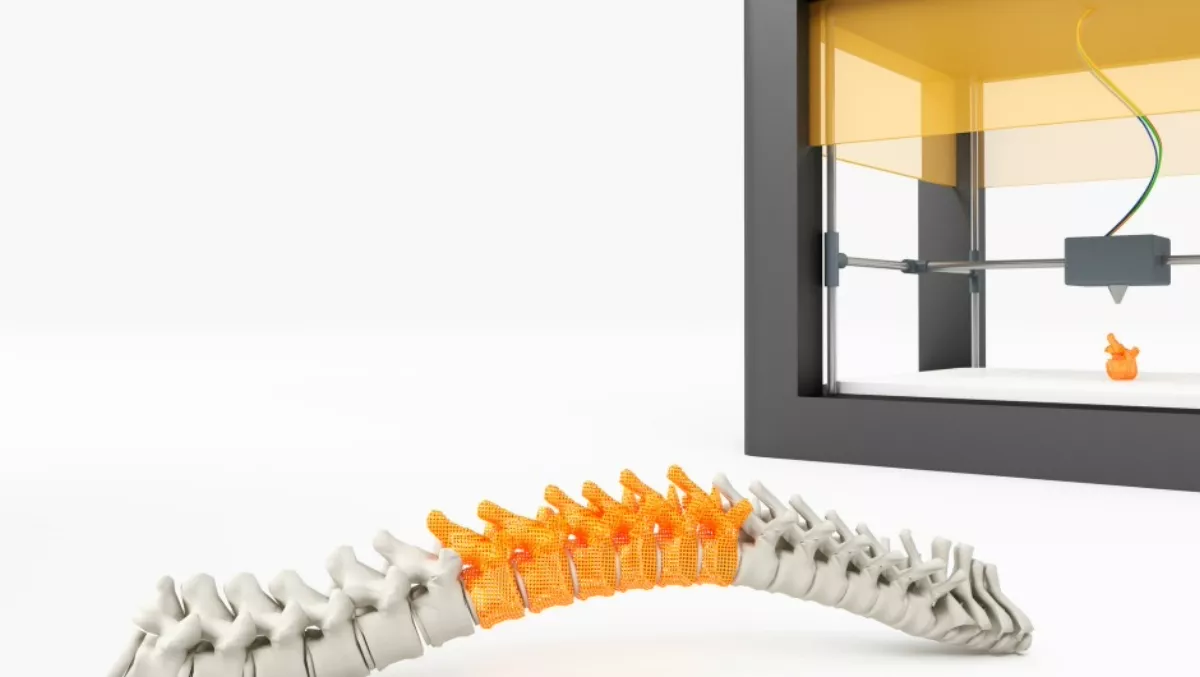
3D printing mainstream by 2018, medical sector leading charge
3D printing will go mainstream in Asia Pacific in 2018, with the medical sector the strongest growth area according to a new report from IDC Asia Pacific.
However, the analyst firm says there's also major consolidation ahead for the market.
IDC FutureScape: Worldwide 3D Printing Predictions – APeJ Implications says new participation from large and established document printing, contract manufacturing and electronics vendors will also be seen as 3D printing becomes a mainstream technology market.
Mun Chun Lim, IDC Asia/Pacific imaging, printing and document solutions research market analyst, says supportive government policies and continuous drive from countries like China – which will continue to be a frontrunner in 3D printing – will aid adoption in the region.
"Manufacturers seeking ways of reducing dependency on traditional labour intensive processes in manufacturing will eventually see 3D printing play a major role in coming years and eventually become mainstream, " Lim says.
"Print service providers will continue to emerge and play an important role in the market, offering complete 3D printing solutions and serving as a platform to pave the way for the exposure and adoption of 3D printing," he says.
IDC says the medical sector is poised to have the strongest growth in APeJ, with the use of 3D printing to produce customised exoskeletons to enable paraplegics to walk or to augment humans for example, will take place at the same pace as worldwide in 2018.
"3D printing… has enabled a new dimension on producing affordable, functional, customisable prosthetic hands and arms as compared to the traditional way of produce," Lim says.
The report also sees IDC predicting that mergers and acquisitions in the 3D printing market in APeJ will continue to increase but tere will be 30% fewer printer companies in the market in 2018 than there is today.
"Consolidation is a good sign that an industry is maturing, established companies will continuously adopt new technologies by acquiring specialised and potential company in the market to provide differentiation and value proposition to the market," Lim says.


